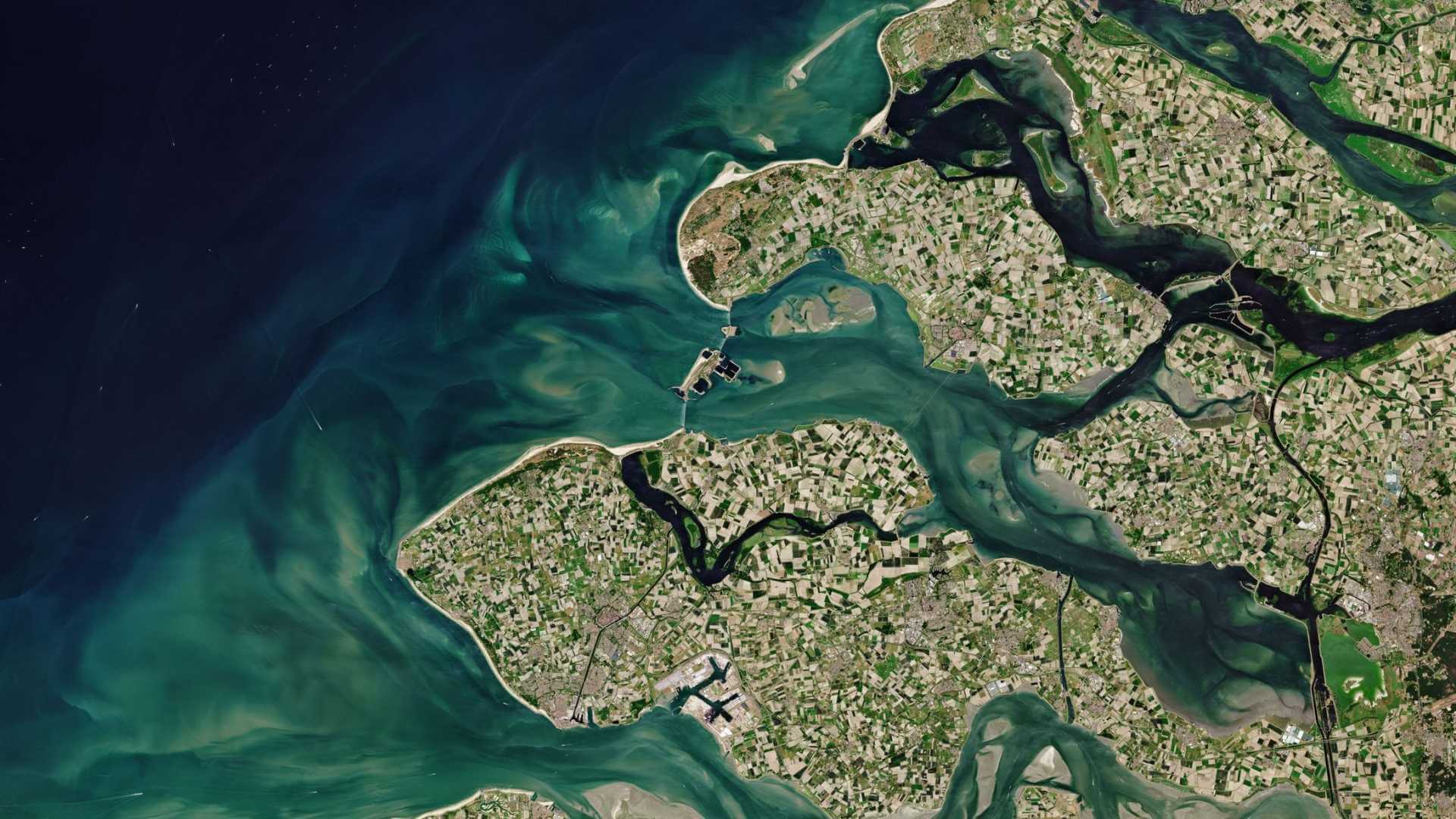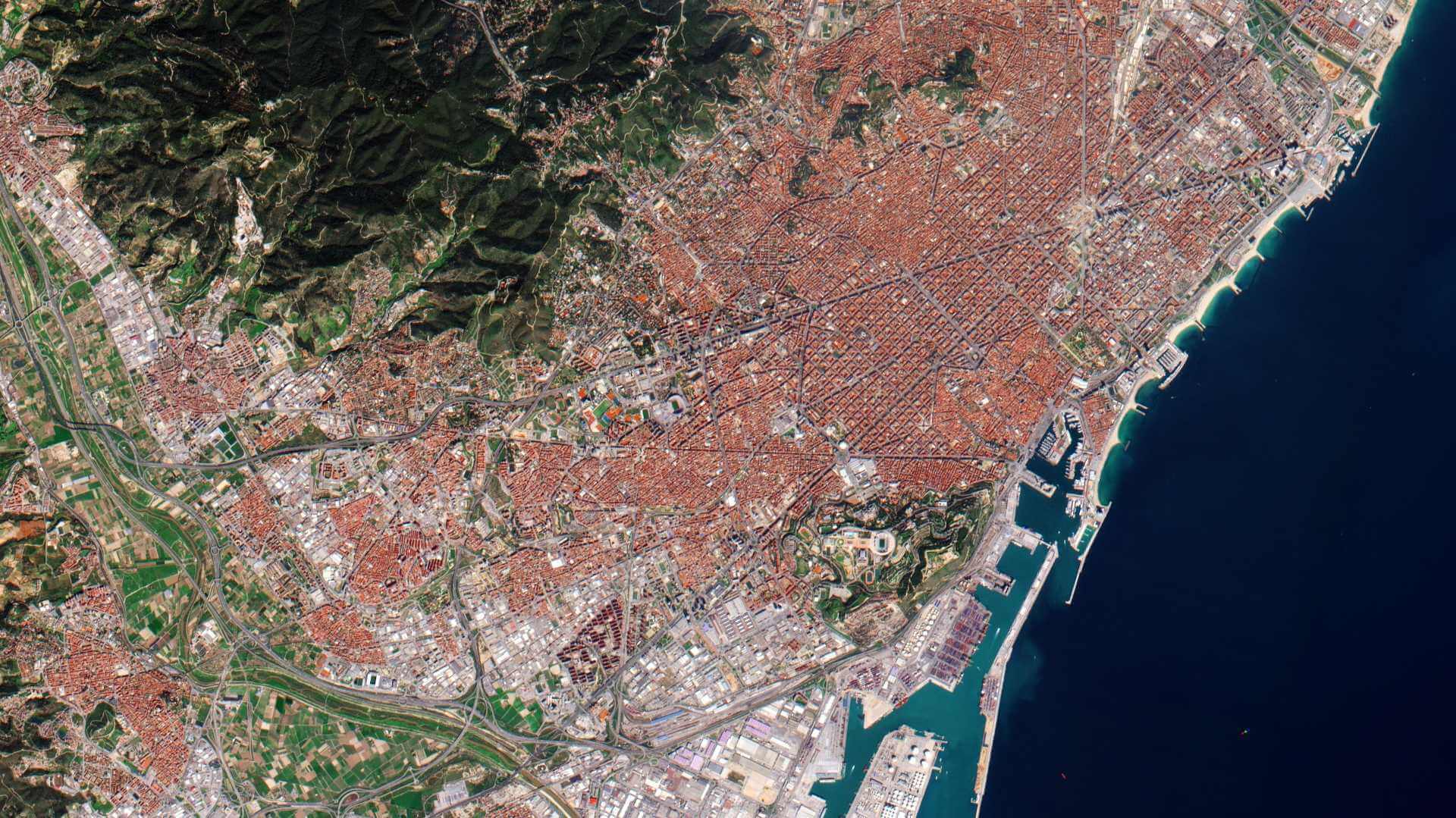Featured
About SCISAT-1
SCISAT-1 is an atmospheric science mission from the Canadian Space Agency which launched on 13 August 2003 and remains operational.
| Orbit Altitude | 650 km |
| Orbit Inclination | 98.2° |
| Orbit Type | Circular high-inclination |
| Repeat Cycle | Annual |
SCISAT-1 Objectives
SCISAT-1 is designed to make observations of Earth's atmosphere and its main instruments are an optical Fourier transform infrared spectrometer and an ultraviolet spectrophotometer.
SciSat-1 Instruments
Atmospheric Chemistry Experiment-Fourier Transform Spectrometer (ACE-FTS)
ESA makes validated data from the ACE-FTS (ACE-Fourier Transform Spectrometer) available. The FTS measures the vertical distribution of trace gases, in particular of the regional polar O3 budget, as well as pressure and temperature (derived from CO2 lines).
| Parameter | Value |
| Spectral Range | 2.4-13.3 µm (or 750-4100 cm-1) |
| Resolution | 4-150 km (ACE-FTS); 1-2 km (MAESTRO) |
| Swath Width | FOV 1.25 mrad |
| Spectral Resolution cm-1 | <0.028, 0.056, 0.11, 0.55 |
| Sweep Duration | 2, 1, 0.5, 0.1 s |
| Spectral Stability (relative) | 3 x 10-7 rms for 180 s |
| Noise Equivalent Radiance | <0.5% of the radiance of a blackbody at 5800 K |
| Detectors | InSb, HgCdTe |
| Detector Cooling | Passive cooling <100 K |
| FOV (Field of View) | 1.25 mrad |
Measurement of Aerosol Extinction in the Stratosphere and Troposphere Retrieved by Occultation (MAESTRO)
Both ACE-FTS and MAESTRO record spectra of the Sun, as sunlight passes through Earth's atmosphere, making analyses of the chemical elements of the atmosphere possible.
SCISAT-1 Data
DATA COLLECTIONS
Through a Third Party Mission agreement, ESA offers external access through the ACE-FTS (ACE-Fourier Transform Spectrometer). The FTS measures the vertical distribution of trace gases, in particular of the regional polar O3 budget, as well as pressure and temperature (derived from CO2 lines).
SCISAT-1 data aim at monitoring and analysing the chemical processes that control the distribution of ozone in the upper troposphere and stratosphere. It provides acquisitions from the two instruments MAESTRO and ACE-FTS.
MAESTRO: Measurement of Aerosol Extinction in the Stratosphere and Troposphere Retrieved by Occultation.
Dual-channel optical spectrometer in the spectral region of 285-1030 nm. The objective is to measure ozone, nitrogen dioxide and aerosol/cloud extinction (solar occultation measurements of atmospheric attenuation during satellite sunrise and sunset with the primary objective of assessing the stratospheric ozone budget).Solar occultation spectra are being used for retrieving vertical profiles of temperature and pressure, aerosols, and trace gases (O3, NO2, H2O, OClO, and BrO) involved in middle atmosphere ozone distribution. The use of two overlapping spectrometers (280 - 550 nm, 500 - 1030 nm) improves the stray-light performance. The spectral resolution is about 1-2 nm.
ACE-FTS: Fourier Transform Spectrometer
The objective is to measure the vertical distribution of atmospheric trace gases, in particular of the regional polar O3 budget, as well as pressure and temperature (derived from CO2 lines). The instrument is an adapted version of the classical sweeping Michelson interferometer, using an optimised optical layout.
The ACE-FTS measurements are recorded every 2 s. This corresponds to a measurement spacing of 2-6 km which decreases at lower altitudes due to refraction. The typical altitude spacing changes with the orbital beta angle.

